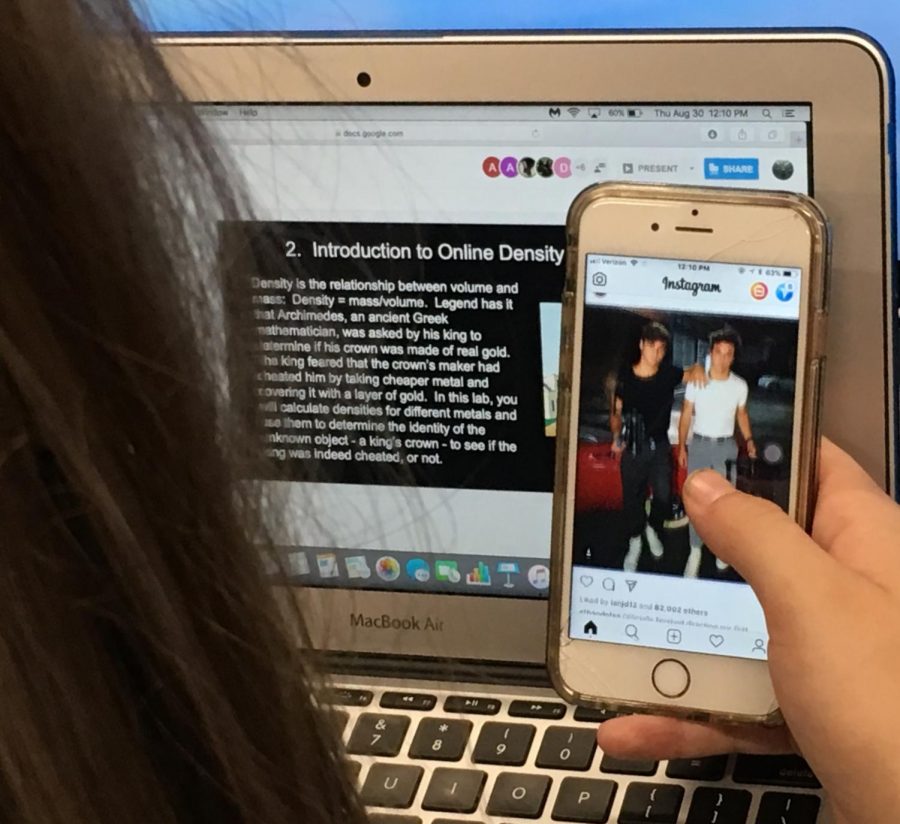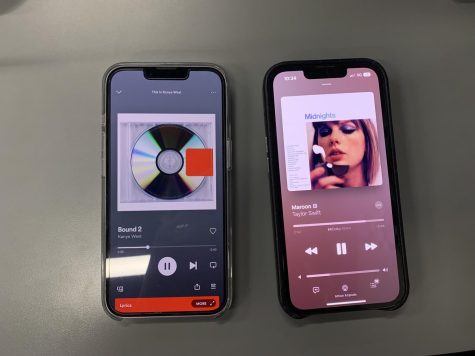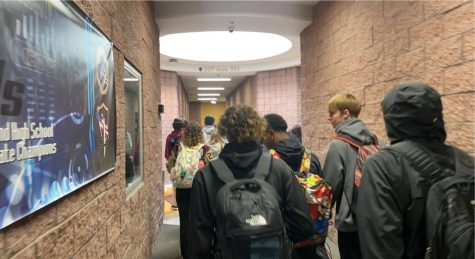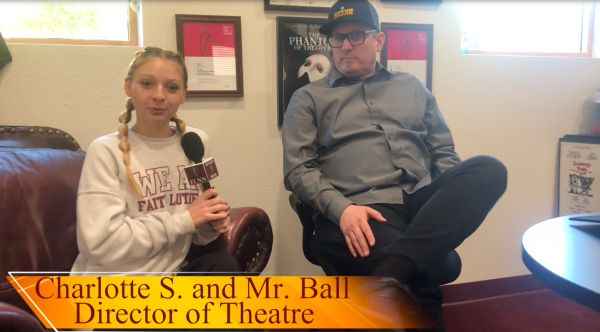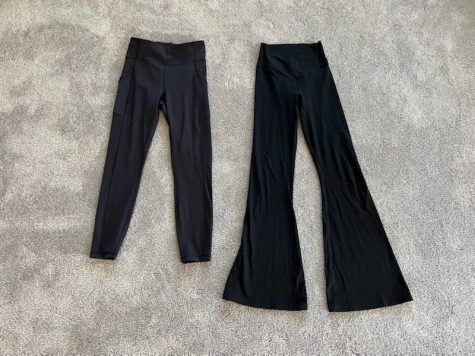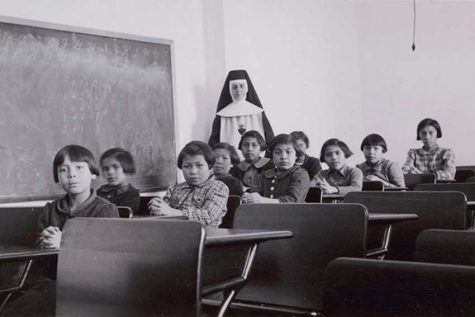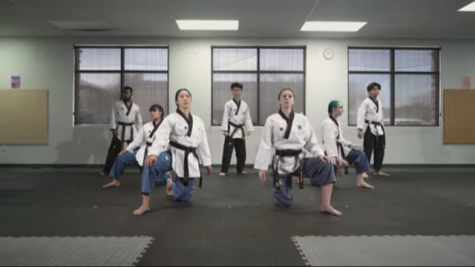Social media causing distractions
Inside and outside of the classroom
Take a look around. Everywhere you look, someone is most likely on their phone using some form of social media. Social media can be a great platform to connect with long distance friends and family or express yourself through a hobby or future career, but the constant connection at your fingertips can be a distraction both inside and out of the classroom.
Now more than ever, social media is such a big part of not only student’s lives, but parents and teachers lives also. According to the Pew Research Center of Internet and Technology, 72 percent of teenagers, ages thirteen to seventeen, use Instagram on a frequent basis, 69 percent use Snapchat, 51 percent use Facebook, and 32 percent use Twitter.
“My favorite social media platform is Snapchat, because it is very easy to talk to my friends and there are a ton of cute filters,” said Olivia Shirey, FLHS junior.
There is a time and a place for scrolling aimlessly through your phone, but during class, at the dinner table, or while doing homework is not one of those times. It is difficult to focus on homework or notes in class if you are reading captions on Instagram or posting on Twitter about last night’s episode of your favorite TV show. Just thinking about your amount of followers or what you want to post later can also be distracting when trying to get work done.
“I think the most distracting part of social media is just the idea in general, because I am focused on what my friends sent me or what they are posting on their accounts,” said Shirey.
Not only is the use of social media distracting to students in the classroom, it is disrespectful to teachers, such as Ms. Gieseke, FLHS Spanish teacher, if their students are not paying attention during lessons or notes.
“I think social media and technology in general is incredibly distracting to students,” said Gieseke. “It is unreasonable for teachers to expect that students won’t use their technology if given the opportunity.”
Some teachers in core classes, like math and science, require students to put their phones in pockets by the front of the classroom, but others don’t feel that storing phones is necessary.
“For this reason [students becoming distracted], I don’t allow students to have their phones with them in class. They put them in a caddy at the beginning of class,” said Gieseke.
The distraction of technology does not just stay in the classroom, but travels home with students as well. Many students keep their phones next to them at all times which can pose as a distraction if their phone rings or they get a notification from a social media platform while trying to complete homework.
“I find technology distracting in and out of the classroom because it is a constant distraction to have the ability to do something else instead of learning,” said Hannah Propst, FLHS sophomore. “Outside of the classroom, it is easy to get side tracked when doing homework especially when there’s no one to keep you on track.”
Students claim to have problems concentrating while technology is present in the classroom and while doing homework. However, there are small changes you can make while working to decrease or completely eliminate the distraction. Students such as Shirey and Propst suggest turning off your phone while working or putting it in another room completely.
Technology makes working both inside and outside of the classroom difficult, but not impossible, so put your phone away and get back to your homework. After all, you will be much happier when it is done.

Ava Ballagh is a senior at Faith and is in her fifth year of broadcast journalism. She is Co-Editor-in-Chief and enjoys writing, anchoring, and reporting....


